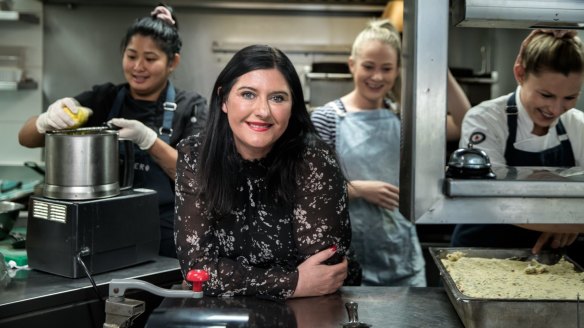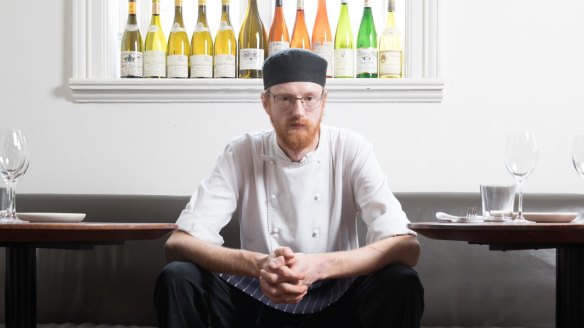Restaurateurs claim there's no reward for them following the award

The hospitality industry is in crisis, according to many restaurateurs, who say it's close to impossible to run a thriving, profitable business that offers excellent food and service while being compliant with the Restaurant Industry Award.
"There are that many balls you're keeping in the air, it's almost impossible to follow the award to the letter," says restaurateur Jacqui Poulier from Alatonero, a busy modern Greek restaurant on the Mornington Peninsula, 90 minutes from Melbourne.
She is careful to pay her salaried staff above the award ("I love them, we are a family") yet she still struggles with technicalities which she says don't suit the industry.

The complexities of the Restaurant Industry Award are a common bugbear, with employers, employees, and peak industry body the Restaurant and Catering Industry Association all finding fault with it.
The award mandates that employees are paid overtime of between 150 per cent and 200 per cent of their ordinary rate for hours worked over 38 hours a week.
"It's not affordable to keep them on so they need to be marched out of the building at 38 hours, then you get the next chef on," says Poulier. "Many chefs and managers want to do extra hours but it doesn't make sense for the business. A lot of people work two or three jobs to get the hours they want."
If you paid every single chef every single hour of overtime they were due there's no way restaurants could survive.Steven Kilmister, veteran chef
Aaron Audet has worked in restaurants for 15 years, including a period as an owner of a pizza restaurant. He works a number of jobs now, including as a chef de partie at One Penny Red, a hatted restaurant in Sydney's Summer Hill.
He has seen cost pressures affect kitchen life in numerous ways, including reductions in time and money to train up-and-comers.
"If an apprentice burns something and we have to throw it in the bin, it's a big loss," he says. "You need to be focused on where every single dollar goes. There's no money to move."
Paying people properly can mean an increased workload, he says. "If wages increase, many owners would turn around and fire one chef. There is nowhere to pull the money from as rent and power is fixed. Either the owner lowers the quality or fires staff. Let's say four chefs are left – they have to do the work of five now."
Chef Steven Kilmister has worked in top Sydney restaurants for 20 years, including stints at Bistro Moncur and The Boathouse on Blackwattle Bay. He's been in exactly that situation: staff aren't replaced and those who remain pick up the workload.
Kilmister says he understands the predicament of balancing the books. "If you paid every single chef every single hour of overtime they were due there's no way restaurants could survive ... I don't know how to fix it but the whole industry is a mess."
Audet believes chefs are also losing the opportunity to exercise the skills that once made them "rock stars".
"Some chefs I know open tins and jars and that's their prep," he says.
Catering chef Janardan Lamsal, who moved from Nepal to Sydney in 2008, agrees. "We used to do everything in the kitchen from scratch," he says.
"We used to make mayo but now it comes in a bucket. We bring in sauces, dressings, pre-cooked crumbed fish, pre-made burger patties and pre-cut steaks. It reduces chef hours and it can reduce quality."
Many hospitality workers put the blame on diners. "
"Because of the drought, I'm paying $89 for a box of lemons instead of $58. But if I turn around and tell customers their fish and chips are $28 not $24, they won't take it. Restaurants end up wearing that cost and there's nowhere to take it from," says Audet.
If customers would accept that they need to pay more for the dining culture they want, it would help, says Poulier. "I love my staff and I love my customers and I truly love the industry. I've been in it since I was 13 and it's the only thing I know. But something has to give."
Restaurant reviews, news and the hottest openings served to your inbox.
Sign up